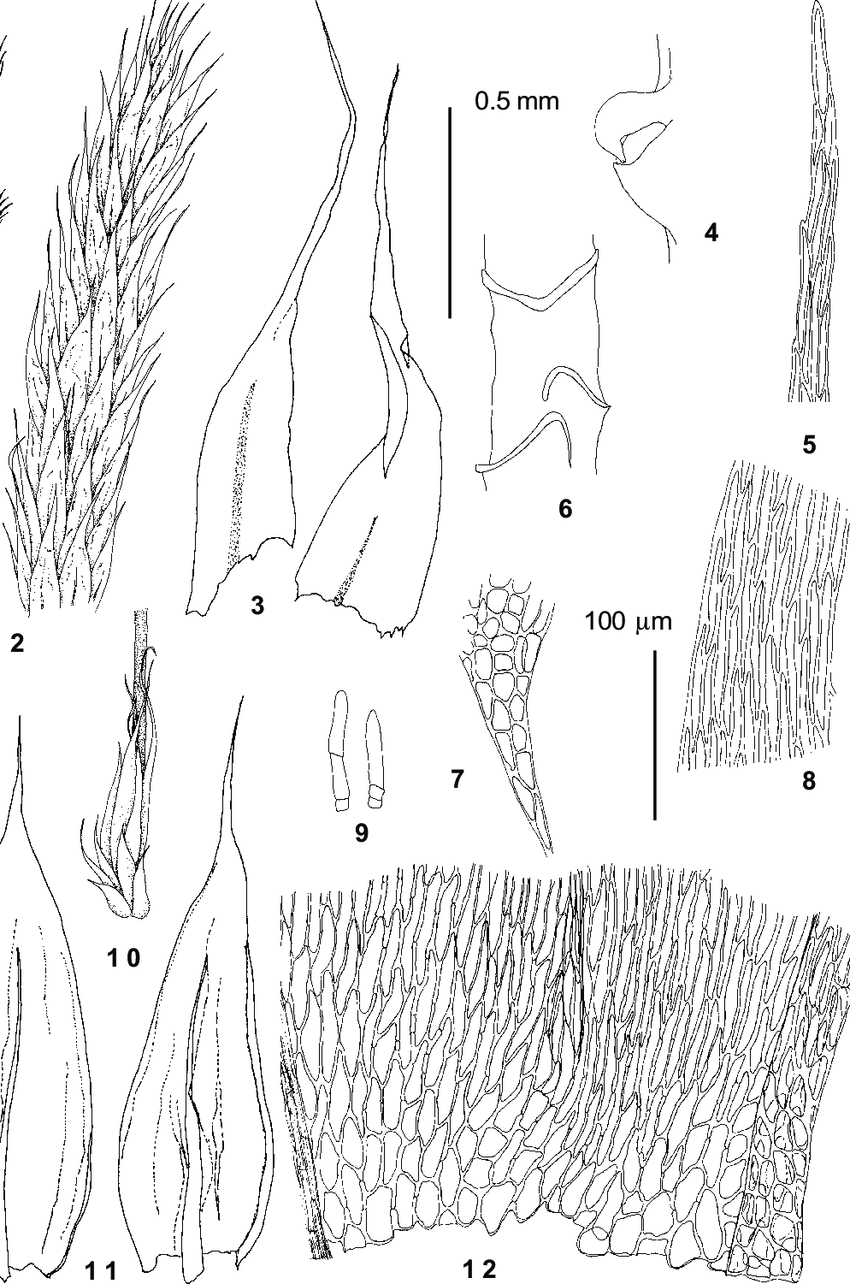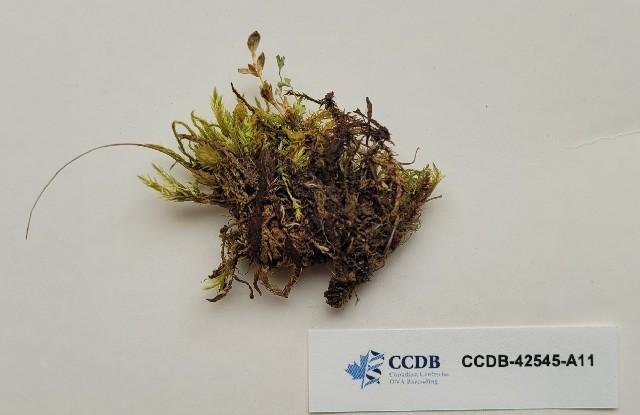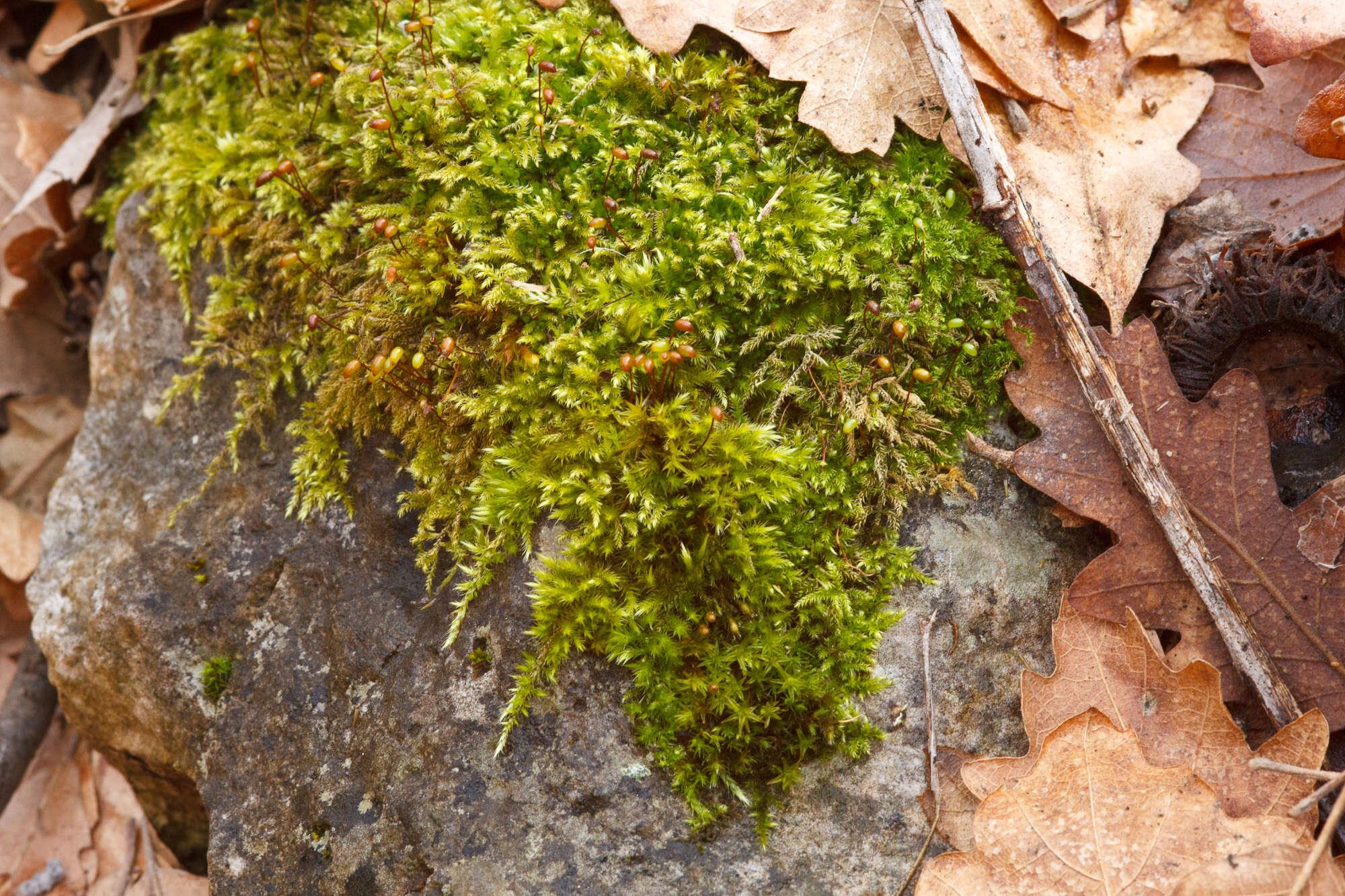
Brachythecium-turgidum-Hartm-Kindb-from-Ignatov-31-291-1-habit-2-upper-part-of.png from: https://www.researchgate.net/figure/Brachythecium-turgidum-Hartm-Kindb-from-Ignatov-31-291-1-habit-2-upper-part-of_fig2_276184228
Introduction
In the vast and captivating world of bryophytes, one particular moss species stands out for its unique characteristics and ecological significance:

CCDB42545A11%2B1658365370.jpg from: https://v3.boldsystems.org/index.php/Taxbrowser_Taxonpage?taxid=210670
Brachythecium turgidum (Hartm.) Kindb., commonly known as Brachythecium. This unassuming yet remarkable member of the Brachytheciaceae family has captured the hearts of moss enthusiasts worldwide, offering a fascinating glimpse into the intricate tapestry of nature’s smallest wonders.
Background
Before delving into the intricacies of Brachythecium turgidum, it’s essential to understand the broader context of bryophytes. These non-vascular plants, which include mosses, liverworts, and hornworts, are often overlooked but play a crucial role in various ecosystems. They are among the oldest land plants on Earth, dating back to the Paleozoic era, and have adapted to thrive in diverse environments, from the Arctic tundra to tropical rainforests.

542.a5148d78b7f2f41b2a364e602e728b82.jpg from: https://eol.org/pages/853273/media
Main Content
Morphology and Identification
Brachythecium turgidum is a pleurocarpous moss, meaning its stems grow horizontally along the substrate. Its slender, creeping stems are adorned with delicate, ovate-lanceolate leaves that are turgid (swollen or inflated) when moist, giving the species its distinctive name. The leaves are typically 1-2 mm long and feature a single costa (midrib) that extends partway up the leaf.
One of the most striking features of Brachythecium turgidum is its vibrant golden-green color, which can vary depending on the moisture levels and light exposure. This hue is particularly striking when the moss is hydrated, creating a verdant carpet that adds a touch of natural beauty to its surroundings.
Global Distribution and Habitat
Brachythecium turgidum is widely distributed across the Northern Hemisphere, thriving in temperate and boreal regions. It can be found in various habitats, including forests, meadows, rock crevices, and even urban areas. This moss is particularly fond of calcareous (calcium-rich) substrates, such as limestone or chalk, but it can also grow on soil, rotting wood, and tree bark.
Ecological Roles and Adaptations
Despite its diminutive size, Brachythecium turgidum plays a vital role in its ecosystem. As a pioneer species, it helps stabilize and enrich soils, creating favorable conditions for other plants to establish themselves. Additionally, its dense mats provide shelter and nesting material for various invertebrates, contributing to the overall biodiversity of the area.
One of the remarkable adaptations of Brachythecium turgidum is its ability to withstand desiccation (drying out) and rapidly rehydrate when moisture becomes available. This trait, known as poikilohydry, allows the moss to survive in environments with intermittent water availability, making it a resilient and versatile species.
Case Studies/Examples
In the Pacific Northwest region of North America, Brachythecium turgidum is a common sight in old-growth forests, where it forms lush carpets on decaying logs and tree bases. Its presence is often an indicator of a healthy, undisturbed ecosystem, as it thrives in areas with minimal disturbance and high moisture levels.
| Characteristic | Description |
|---|---|
| Phylum | Bryophyta |
| Class | Bryopsida |
| Order | Hypnales |
| Family | Brachytheciaceae |
| Genus | Brachythecium |
| Species | turgidum |
| Common Name | Brachythecium moss |
Conclusion
Brachythecium turgidum is a true marvel of nature, a testament to the resilience and adaptability of bryophytes. Its unassuming presence belies its ecological significance, reminding us that even the smallest organisms can have a profound impact on the world around us. As we continue to explore and appreciate the wonders of the natural world, let us ponder this thought-provoking question: What other hidden gems lie waiting to be discovered, and what lessons can they teach us about the intricate web of life?